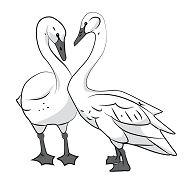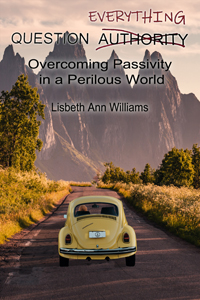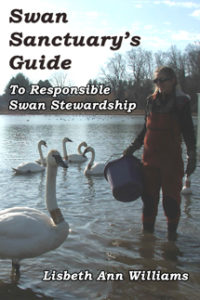Early this morning I sat watching snowflakes falling softly from the sky, accumulating on top of the bird feeders, the porch railing, and the ground – each one taking a slightly different path before silently disappearing into the blanket of other snowflakes. There was no struggle among them. They were simply free-falling, allowing their short lives to take them where they needed to be, to become the life giving substance for thirsty plant roots moving beneath the soil, or for a bird stopping off at the birdbath to clean its feathers.
We have had snow off and on for several days now. Two days ago, I brushed 6 ¾ inches of the fluffy stuff off my truck. It’s lightness made it easier to remove from the top of my truck, which stands several inches over the top of my head. This snow was not wet enough to make a snowman, or to form a snowball to aim at an unsuspecting friend. Although I do not like snow because of the unbearable cold that accompanies it; I find it very beautiful. I know that this dehydrated landscape welcomes it and that it will settle the ever present dust, at least until the wind returns.
I am learning about swales in my permaculture class. These are shallow depressions made to follow the contour of a property and aid in slowing down the flow of water. I have long known of the important role a rain garden can play in helping to arrest water runoff. A rain garden helps to prevent the excess nitrogen from fertilizers, from running off the landscape into the sewer systems where it carries away precious topsoil. Contaminated rainwater can end up several miles downstream, killing off fish, invertebrates, and amphibians. I have used rain barrels in the past, desperately trying to save as many gallons of rainfall as possible. It helps to minimize the need to water the garden from city or well water. What I have recently come to understand, is the necessity to SLOW WATER DOWN. By channeling and redirecting the flow of water that nature provides for free, through a property, we make it available to the trees, shrubs, and gardens growing there. The excess then has the ability to percolate slowly through the soil to replenish aquifers. We can create swales, redirecting water into a rain garden or into a pond; thereby creating a more diverse landscape in the process.
Last summer, during the few rains that this area saw, I watched helplessly as water ran away from my garden into the driveway. I filled every available bucket that I could find; but did not come close to capturing even a fraction of what ran down the driveway and into the street, depriving my garden from this rare and valuable benefit. With my new understanding, I can prevent this shameful waste of our most precious natural resource in the future. By creating swales, rain gardens, and ponds; and by designing my gardens according to the contours of the land, I can slow the flow of water, keeping it on the property and protecting it from drought. Today, as I watch the snowflakes continue to fall, I am seeing them in a brand new way.



